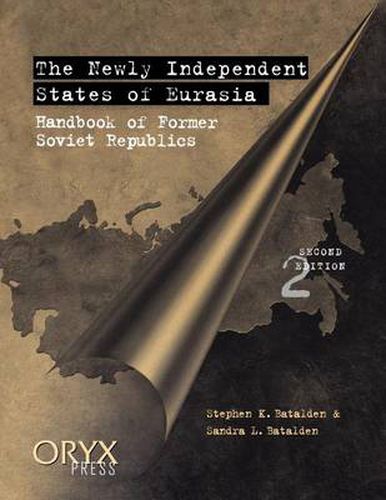Readings Newsletter
Become a Readings Member to make your shopping experience even easier.
Sign in or sign up for free!
You’re not far away from qualifying for FREE standard shipping within Australia
You’ve qualified for FREE standard shipping within Australia
The cart is loading…






The authors of the 1993 bestseller The Newly Independent States of Eurasia , have updated their work to address the most current issues now facing the 15 new countries that emerged after the collapse of the former Soviet Union. Some have nuclear weapons, many have severe economic problems, a few have world-class ecological problems, and many have internal ethnic conflicts - all potentially international issues. In a straightforward manner, the handbook describes the regional and ethnic diversity of the Eurasian states, while examining the elements of continuity that inevitably link these new countries with their shared Soviet past. In this second edition, the authors devote a chapter to each state, beginning with an updated statistical profile for the featured republic followed by an analytical discussion of the state’s political history and current issues. A map of each republic and general maps of various regions are also included. The handbook should be accessible to students, librarians, teachers, scholars and anyone else with an interest in world affairs.
$9.00 standard shipping within Australia
FREE standard shipping within Australia for orders over $100.00
Express & International shipping calculated at checkout
The authors of the 1993 bestseller The Newly Independent States of Eurasia , have updated their work to address the most current issues now facing the 15 new countries that emerged after the collapse of the former Soviet Union. Some have nuclear weapons, many have severe economic problems, a few have world-class ecological problems, and many have internal ethnic conflicts - all potentially international issues. In a straightforward manner, the handbook describes the regional and ethnic diversity of the Eurasian states, while examining the elements of continuity that inevitably link these new countries with their shared Soviet past. In this second edition, the authors devote a chapter to each state, beginning with an updated statistical profile for the featured republic followed by an analytical discussion of the state’s political history and current issues. A map of each republic and general maps of various regions are also included. The handbook should be accessible to students, librarians, teachers, scholars and anyone else with an interest in world affairs.